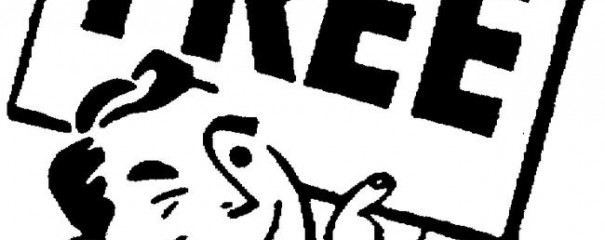Direct-to-fan (D2F) music was one of the first widely lauded advantages of the digital era for independent artists. With barriers removed, musicians could simply create songs, get them online, and connect them straight to listeners with no middle man delaying the gratification process. Nirvana!

Except that it turns out we need the middle men.
At the very least – and more accurately – we need some standardized channel, because there exists a mass of music and a bewildering variety of ways to process the payment for it.
In these early years, efficient digital stores have risen up to fill the void. From iTunes and Amazon to Bandcamp and CD Baby, paying music fans have chosen convenience over a deeper commitment to their favored artists. This is understandable, given a voracious appetite for music and the ease-of-access that consumers have come to expect from online transactions.
Nonetheless, this need not eliminate the original promise of D2F, to connect artists directly to their most passionate fans and deepen the relationship between them. This includes selling music and merchandise and is an area where most artists are leaving money on the table.
Know Your Fans, Narrow Your Focus
At any size an artist needs to develop deeper relationships with listeners, but the extent to which a platform is required to do this will vary greatly according to size and stage of career. For those just starting out, the emphasis will be more on discovery and gaining attention, making the breadth of platforms more crucial than the depth.
As a fan base accumulates, however, too many artists stop short and continue to focus on that breadth, without customizing their art, content, and merch to the most passionate fans. This fails to take D2F to its most beneficial conclusion. Those building the closest ties to fans, offering the most of themselves, lay the groundwork for those same people to spend more time with – and more money on – their music.
By narrowing your focus to that small percentage of your fan base that is intrigued by everything you do, opportunities arise to better understand and cater to their needs…
Are they moved by visuals you present?
Do they react particularly well when you post lyrics to your songs?
Perhaps they praised a specific collaboration or project that you worked on?
When you know the answer to what really gets your core fan base bubbling up, you have a starting point for creatively-minded merchandise and physical records that suit the D2F approach.
Separating Merch From Marketing
Although the two are of course inextricably linked, it’s important to remember that D2F music and merchandise is largely to be considered in terms of income. It can be time-consuming to set up anything more than a rudimentary store and will require ongoing maintenance, so both the product and the demand must be there to justify investing in D2F merchandise to any great degree.
Knowing your costs and projecting what you expect to make are crucial factors in deciding just how viable any given D2F product will be.
This doesn’t preclude artists from producing simpler items for fans that can be given away at shows or included as a bonus with other orders, of course. Just remember that these are generally not items with any significant profit margin and, as such, they fall into the category of marketing materials. In the same vein as a show flyer or postcard, their job is to keep you in the minds of listeners for further connection, rather than make money in their own right.
Retaining a focus on cost and sale price helps you to judge what fits into the category of merch that you should sell directly to fans, as opposed to outsourcing the sale to an established digital store front. Limited edition releases and intricate art work related to your music are ideal starting points but this is an area where you can let your creative streak run wild, as the concept of this recent Music Think Tank article explains.
Over To You…
Was the promise of the direct-to-fan model vastly overstated or has it simply been swamped by the generic digital offerings that are presented to music fans today?
What examples have you seen of artists succeeding in offering their fans unique products?


